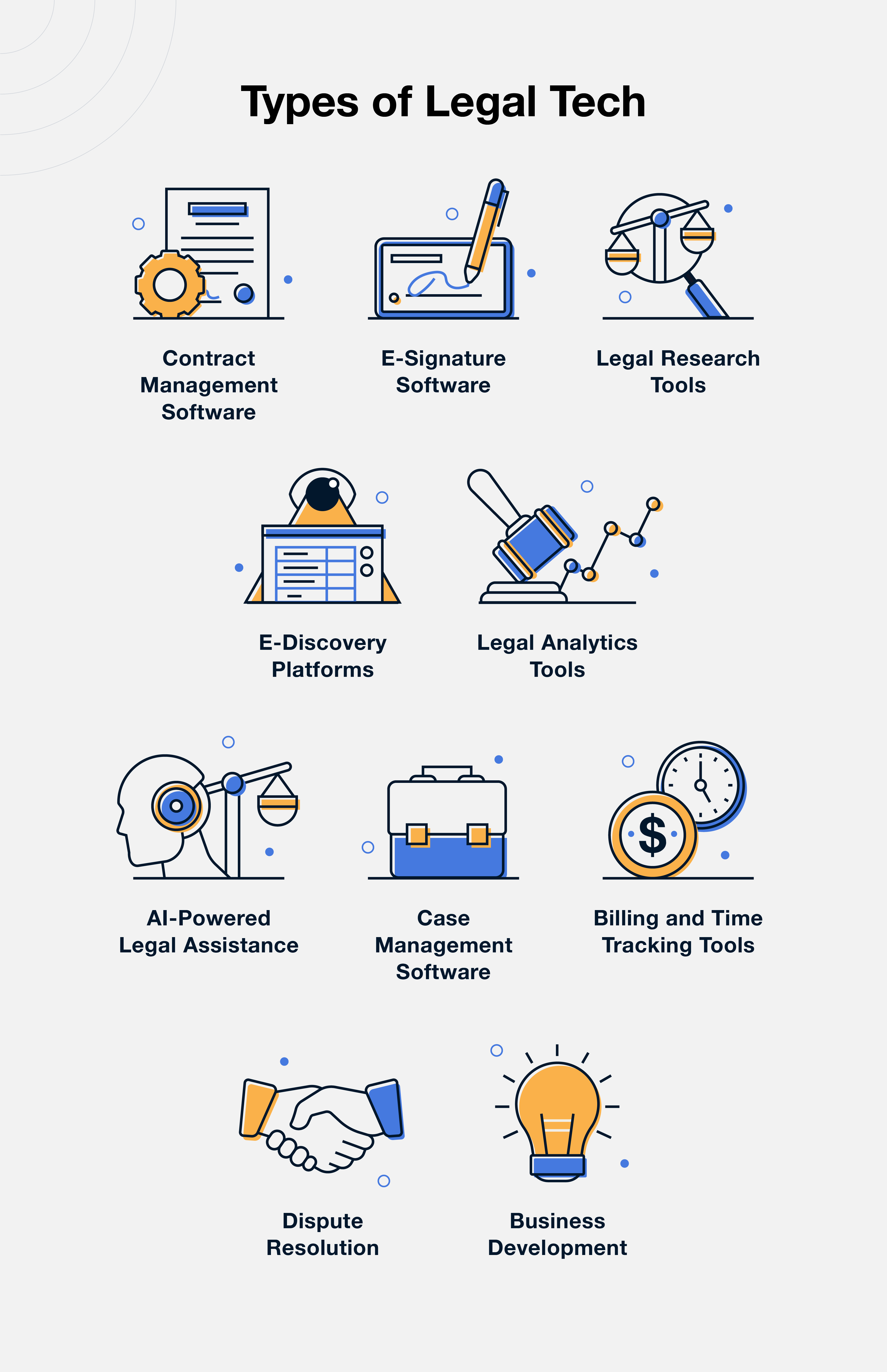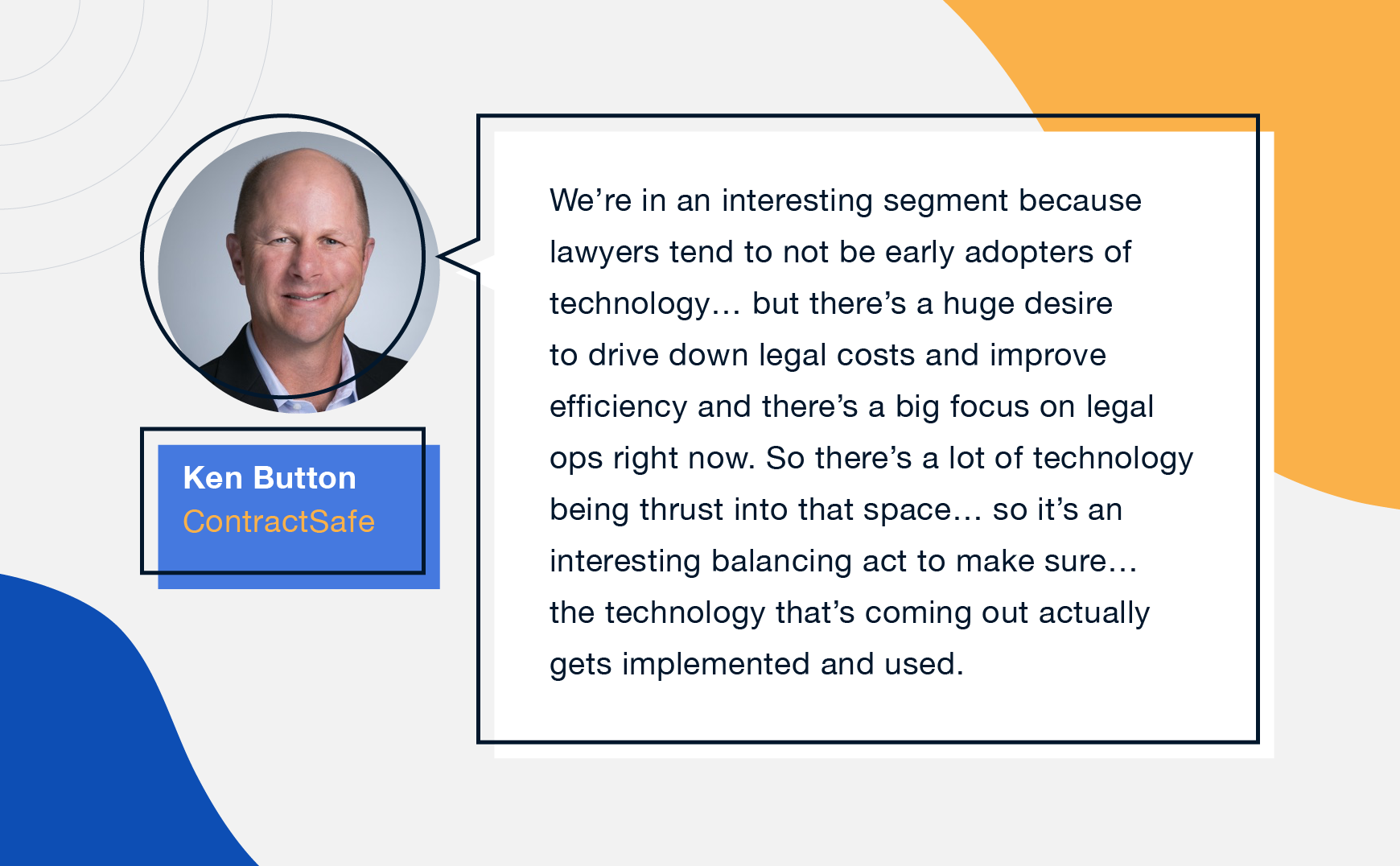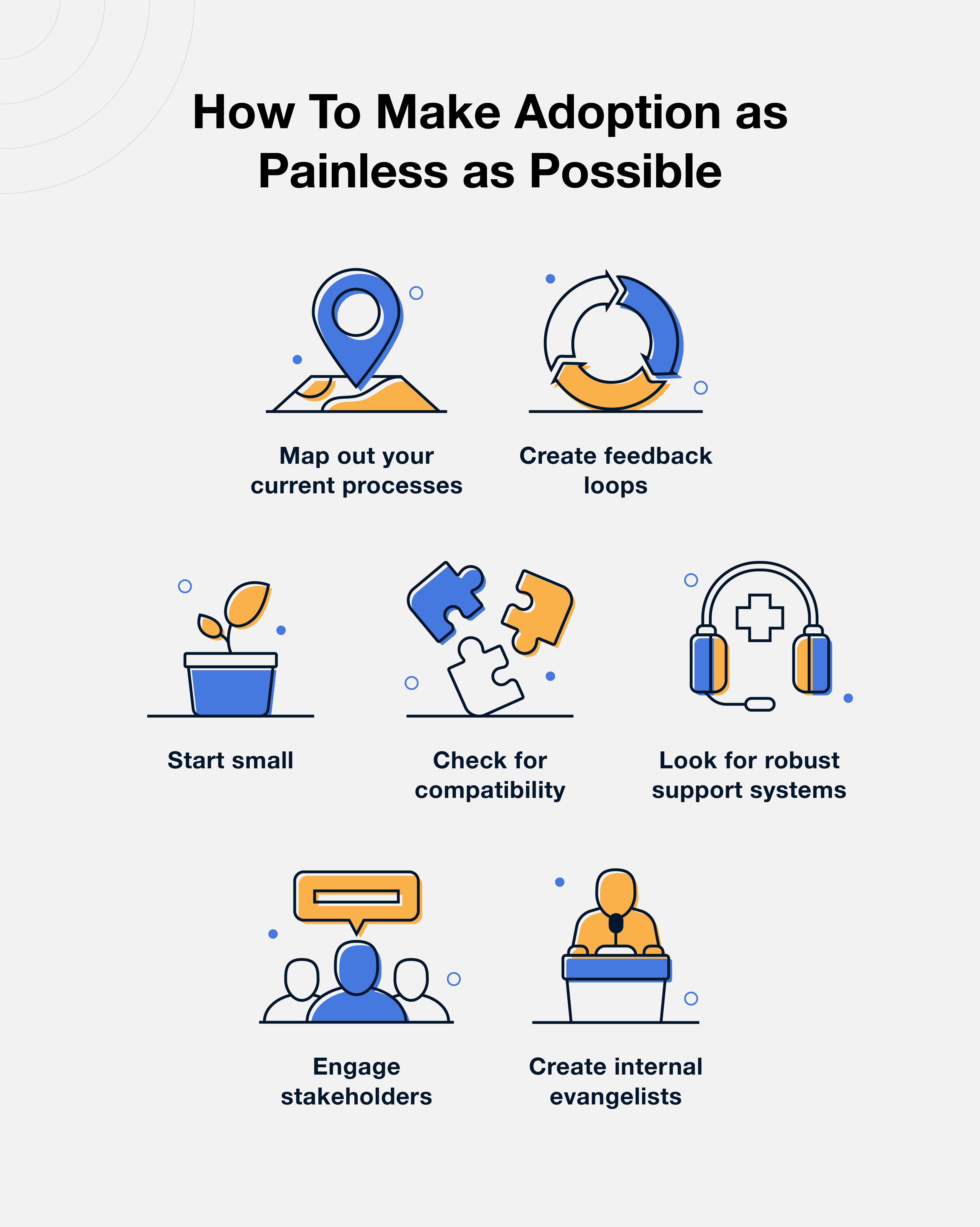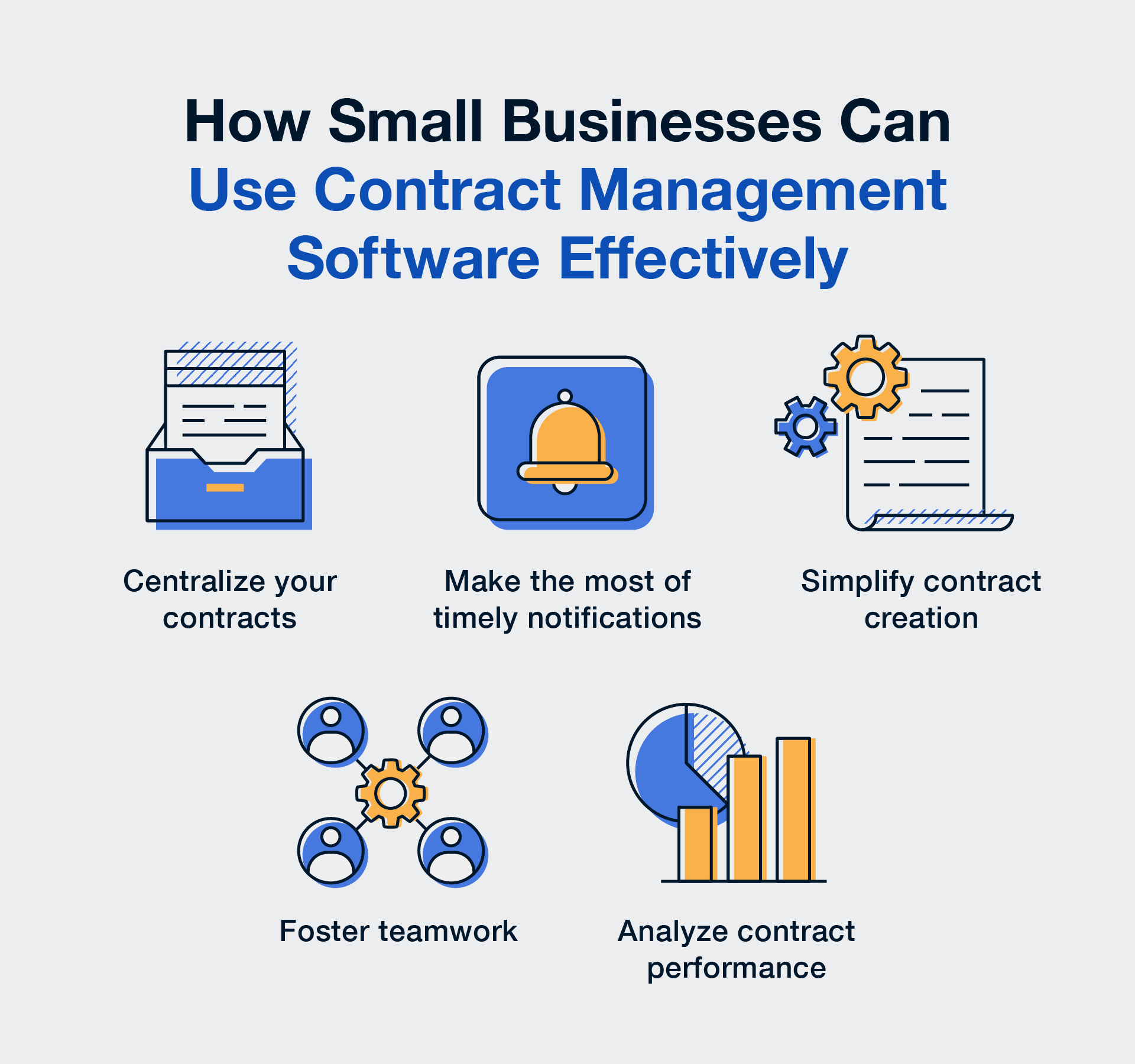Struggling to adopt legal tech? You’re in good company. ILTA reports that more than half of legal teams hit roadblocks—usually around training, workflows, or just getting people to embrace something new.
Tech can make your day-to-day smoother. But implementing it? That’s where things tend to get messy.
In this post, we'll outline some specific challenges and share some practical strategies and insights to help legal operations and in-house teams navigate the adoption process with more confidence. From tackling resistance to change to integrating new tools into the workflows you already rely on, we're here to help you make legal tech work for you—not against you.
Before we dive into the five challenges, here’s the reality shaping the legal tech adoption process in 2026:
Why Legal Tech Adoption Is So Challenging in 2026
Legal teams aren’t imagining it — the challenges around adopting new technology have actually intensified. Public survey data shows:
- 54% of firms cite user resistance as the biggest hurdle to adopting new legal technology, according to the ILTA 2024 Technology Survey summary published by eDiscovery Today.
-
In corporate legal departments, 63% of legal chiefs and 51% of other in-house counsel identify contract management software as one of the most effective legal tech tools — yet many still struggle to implement it effectively.
-
AI adoption is rising fast, but readiness is uneven: 52% of in-house counsel now actively use generative AI tools, more than double the prior year.
TL;DR
- The 5 most common hurdles for tech adoption are: embracing change, training teams, protecting client trust, integrating with existing workflows, and setting clear goals.
- There are 7 things you can do ahead-of-time for painless adoption later (read on).
- Know how to evaluate legal tech tools and when to say no if they don't add value.
Table of Contents
Types of Legal Tech
Legal professionals have a ton of different tools at their fingertips that can simplify processes, enhance accuracy, and help serve clients better. From managing contracts with ease to speeding up the research phase, let's delve into the diverse world of legal tech.

- Contract management software: Tools that centralize agreements, track obligations, streamline approvals, and provide searchable access to contract data.
- E-signature software: These platforms allow individuals and organizations to securely sign, send, and manage documents online.
- Legal research tools: These tools are designed to assist legal professionals in finding legal resources such as case law, statutes, and secondary sources.
- E-discovery platforms: These tools help identify, collect, and produce electronically stored information (ESI) for evidence in lawsuits and investigations.
- Legal analytics tools: These platforms provide data-driven insights to aid legal decision-making.
- AI-powered legal assistance: Artificial intelligence (AI) tools assist lawyers in tasks such as contract review, predicting legal outcomes, or even drafting legal documents.
- Case management software: These platforms help legal professionals manage and track the progress of their cases and often include features like scheduling, document storage, and client communication tools.
- Billing and time-tracking tools: This software aids lawyers in tracking their work hours and generating invoices.
- Dispute resolution: These digital platforms assist in resolving disputes between parties without litigation and might include online mediation or arbitration tools.
- Business development: These tools and platforms aid legal professionals in expanding their client base, tracking leads, and managing relationships. It could include CRM software, marketing automation, or analytics tools tailored for legal firms.
AI-powered legal tools are becoming increasingly common, helping legal teams automate reviews, extract key terms, and support faster decision-making.
RELATED READ: AI Tools for Contracts: The Pros, Cons & Smartest Ways to Use Them
How to Overcome the 5 Biggest Challenges in Legal Tech Adoption
Embracing legal technology can significantly boost efficiency and accuracy, but it's not always a straightforward path for many legal teams. The reluctance often lies in concerns over disrupting time-honored processes (“we’ve always done it this way”) or the daunting task of setting up these tools (“I don’t have time to start all this over”).

After all, adoption goes beyond simply implementing a new tool into your workflow. To truly realize its benefits, you’ll need to integrate its use across your organization and make it an integral part of daily operations.
Ahead, we'll delve into the specific challenges legal teams encounter and provide insights on how to navigate and overcome them with ease.
1. Embracing Change in Legal Tech Adoption
With its deep roots in tradition, the legal sector can be reluctant to embrace change. This is particularly true when technology, especially AI, promises to transform tasks that have always been human-centric.
And it’s not exactly without reason.
Recently, a pair of lawyers found themselves in hot water after using ChatGPT in a case. What went wrong? Well, the generative AI tool cited a number of cases that, unbeknownst to the lawyers, didn’t actually exist.
Setback aside, legal technology offers some undeniable benefits, including:
- Efficiency and speed: Technology, especially AI, can drastically reduce the time it takes to review documents or draft contracts, enabling lawyers to focus on more strategic tasks.
- Cost savings: Contract automation and streamlined processes can lead to significant savings in the long run.
- Enhanced accuracy: Contrary to the ChatGPT mishap, well-trained AI systems can be incredibly precise, minimizing human errors in repetitive tasks.
- Data-driven decision-making: Technology enables better insights through analytics, allowing legal professionals to make more informed decisions based on historical data and predictive modeling.
The challenge, however, lies in managing the balance between change and tradition.
To truly leverage technology while mitigating its risks, consider the following approaches:
- Double-check everything: Technology's outputs, like any tool, should always be checked by a human.
- Engage transparently with tech vendors: Understand the capabilities and constraints of their products.
- Communicate and customize: Ensure the solutions are tailored to the unique needs and concerns of the legal domain and your business.
- Test and adapt: Before full-scale adoption, trial the technology to identify potential integration challenges and areas that might require human intervention.
As the legal sector evolves with technology, the key to success lies in balancing human skill with the efficiency of tech.
These concerns make change management in legal departments a core part of any successful legal tech rollout.
2. Training Teams on New Legal Technology
In the legal field, precision matters and the stakes are high. Sometimes, introducing new tech can be a double-edged sword.
Without proper training, technology might lead to errors, like data loss or operational mishaps, which could have legal and financial consequences.
To turn technology into an asset rather than a liability, consider these strategies:
- Adopt bite-sized training sessions: With packed schedules, short, on-demand training modules allow legal professionals to learn at their own pace, ensuring they grasp key features without being overwhelmed.
- Ensure continuous support: Real-time tech support, user-level training, help centers, and webinars from the software provider not only alleviate user frustrations but boost confidence in the tool's reliability.
- Invest in comprehensive training resources: Build your own training repository. Every class, software walkthrough, and any related documentation should be readily available for team members to reference or catch up on if they missed the original training session.
With the right strategies, legal professionals can seamlessly merge tradition with innovation, maximizing both efficiency and precision.
3. Protecting Client Trust in AI-Powered Tools
Today's interconnected digital environment has put security and privacy in the spotlight.
Picture this: A legal team, having just adopted a new AI contract management tool, discovers that a third-party vendor is refining its model using confidential client information. The consequences of such breaches, both in terms of reputation and potential legal action, can be immense.
Beyond the immediate concerns, there's the added complexity of international data protection regulations like GDPR or HIPAA.
Legal professionals must grapple with ensuring their tools not only provide an advantage in their work but also strictly adhere to these regulations.
As with previous challenges, the answer is not to retreat from technology but to wield it judiciously. Here’s how:
- Conduct robust security audits: Before integrating a new tool, carry out comprehensive security assessments. Ensure it's equipped with state-of-the-art encryption, multifactor authentication, and other advanced security measures.
- Opt for certified solutions: When it comes to legal tech, certifications matter. Look for tools with privacy compliance certifications, signaling their adherence to global data protection standards.
- Don’t forget cloud-based safeguards: While cloud solutions offer flexibility and scalability, it's essential they come with end-to-end encryption and regular backup protocols.
- Collaborate with tech experts: Forge a close working relationship with your IT team. Together, review and understand the intricacies of how data is stored, transferred, and accessed.
- Keep your data safe from prying eyes: Ensure that software allows you to set sharing permissions and user-based roles, and conduct periodic reviews to update and fortify protocols.
- Understand how AI is used: Ensure clear understanding of AI applications in legal tech, including data usage, ease of human verification of AI outputs, and AI's role in backend processes.
By prioritizing security and privacy from the outset, legal professionals can harness the power of tech while upholding the trust placed in them by their clients.
4. Integrating New Technology Into Existing Workflows
“If it ain’t broke, don’t fix it.” You’ve probably heard that before — maybe even when pitching a new tool.
Established processes, honed over years, aren’t just habits — they’re carefully built workflows that legal teams rely on every day. When new tools support workflow automation for legal teams instead of forcing new processes, adoption happens faster and with far less resistance. These workflows form the backbone of how a firm or legal department operates, which is why disrupting them comes with real risk.
The legal software landscape is vast — from e-signature platforms and customer management tools to litigation support systems and contract management software. Migrating to new technology means choosing solutions that are compatible, customizable, and able to integrate with what’s already working well.
And that doesn’t mean choosing the software with the longest feature list. It means selecting tools whose capabilities actually match your requirements while eliminating unnecessary complexity and automating tasks that genuinely save time.
When everything aligns, legal tech enhances workflows rather than disrupting them. It handles routine tasks, scales with your needs, and adapts to demanding regulatory environments. Here are some strategies to focus on to make sure everything goes smoothly:

- Map out your current processes: Before integrating tech, have a clear blueprint of existing processes. This aids in understanding where and how technology can fit in.
- Create feedback loops: Regularly engage with end users. Their on-the-ground experiences with the technology can provide invaluable insights into areas for improvement.
- Start small: Kick off the integration with a smaller team or a single department. Let them be the pioneers. As they familiarize themselves with the new tech, they'll likely identify potential hitches and provide feedback that can be used to improve the larger rollout.
- Check for compatibility: Before full-scale implementation, ensure that the new tool can integrate with existing systems. This might involve liaising with the tech vendor or bringing in IT specialists for a comprehensive compatibility audit.
- Engage stakeholders: Their involvement ensures that the tech aligns with the processes they've built and trust. Demonstrate the potential benefits and returns on investment.
- Look for robust support systems: Choose tools that come with thorough support. Whether it's 24/7 tech support, regular webinars, a help center, or training modules, having a robust support system can smooth out the integration process.
- Create internal evangelists: As you roll out new tech, identify and nurture internal champions. These individuals have mastered the tool and can provide hands-on support to their colleagues. Their success stories, showcased internally, can spark enthusiasm and drive adoption.
As legal firms adopt new technologies, their success will depend on how well these tools integrate with existing processes, enhancing rather than disrupting their work.
5. Setting Clear Legal Tech Adoption Goals
A frequent misstep in the legal tech adoption process is venturing into the technological realm without clearly defined goals. This approach can lead to wasted resources, staff frustration, and inefficiencies — ironically, the very issues technology seeks to resolve.
Here are some things to keep an eye out for:
- Purposeless adoption: The sheer array of available tools can be tantalizing. Firms may find themselves investing in tools without a clear understanding of the specific problems they're trying to solve.
- Inability to measure success: Without predetermined objectives and KPIs, determining whether the tech adoption is successful becomes challenging. Firms may have spent significant time and resources on a tool, only to find they have no metrics to gauge its impact or ROI.
- Misaligned resources: Without set objectives, firms might misallocate resources. For instance, they might provide excessive training for features that are not vital to their needs or neglect crucial functionalities due to a lack of awareness.
💡To ensure a successful tech adoption journey, legal teams need to clearly identify what they hope to achieve.
- Define what success looks like: With no benchmarks, how do you measure progress? Establish tangible KPIs. It might be "reducing contract review times by 30%" or "increasing client communication efficiency."
- Set realistic milestones: While the ultimate benefits of a tech tool might be realized in the long run, setting and celebrating interim goals can keep the momentum going and prevent disillusionment.
- Be flexible: Goals should be concrete but not rigid. As firms delve deeper into the functionalities of a tool, they might discover new potential advantages. Revisiting and tweaking goals is as crucial as setting them.
- Review regularly: Periodic evaluations ensure the firm remains on track. It's an opportunity to assess if the tool is meeting its objectives and a chance to recalibrate if necessary.
- Know when to say no: Legal teams often face pressure to adopt new tools from other parts of the organization, but they’re not always adding any value. If a tool isn’t helping your team, don’t be scared to push back so you can put adoption resources where they’ll actually help.
A tech tool, no matter how advanced, is only as good as the strategy behind its adoption. By establishing clear, purpose-driven goals, legal teams can harness the full potential of their technological investments, ensuring they sail smoothly toward their desired horizons.
.png?width=1740&height=2712&name=overcoming-challenges-in-legal-tech-adoption%20(1).png)
RELATED READ: Contract Management Software Implementation Made Easy
How to Overcome Legal Tech Adoption Hurdles
Legal tech adoption succeeds when teams approach it as a change-management process, not a software installation. Based on public insights from ILTA, ACC, and Everlaw, the most effective strategies include:
1. Start with workflow mapping
Document how work actually gets done today. This helps identify where technology should support the process instead of disrupting it.
2. Run small pilot programs
Launch with one team or use case first. Pilots create early wins and reduce widespread resistance.
3. Design training that fits legal workloads
Short, role-based training modules—paired with searchable help content—make adoption smoother than long, one-time sessions.
4. Build internal champions
Equip a few power users to serve as in-house experts. Their success stories drive broader team adoption.
5. Prioritize tools with transparent AI and strong security
Legal teams adopt tools faster when they understand how AI works, what data it uses, and how permissions are controlled.
6. Set measurable goals from day one
Define success before implementation—reduced review time, faster approvals, fewer missed deadlines, improved visibility, etc.
7. Choose software that actually fits legal workflows
Tools with intuitive interfaces, centralized repositories, and quick implementation timelines reduce the friction that typically slows adoption.
RELATED READ: The High Cost of Waiting: Why Now’s the Time to Upgrade Your Contract Management Game
Elevate Your Contract Management with ContractSafe
Managing contracts shouldn’t feel like a second full-time job. ContractSafe gives legal teams a centralized contract repository, intuitive workflows, role-based access, and simple workflows—so you can spend less time hunting for documents and more time getting real work done.
Our platform combines AI-powered search and data extraction, that helps teams surface key terms and information instantly—without manual digging.. Whether you’re tracking renewals, reviewing obligations, or onboarding new tools across multiple teams, ContractSafe keeps everything organized, visible, and secure.
Experience ContractSafe and see how easy modern contract management can be.
Experience ContractSafe for yourself and see how easy contract management can be.
FAQ
What is legal tech adoption?
Legal tech adoption is the process of selecting, implementing, and integrating new technologies—such as contract management software, AI tools, or workflow automation—into the daily work of a legal team. It includes training, change management, and making sure the tools actually support existing processes.
Why do legal teams struggle with adopting new technology?
Legal teams often work with established processes, heavy workloads, and high-stakes responsibilities. Introducing new technology can feel disruptive, especially when it requires behavior change, new training, or adjustments to familiar workflows. Concerns about data handling, accuracy, and trust also influence how quickly teams feel comfortable using new tools..
How can law firms encourage better adoption of legal technology?
Successful adoption starts with involving the right people early, offering practical training, and choosing tools that fit how the team already works. Small pilot programs, clear communication, internal champions, and easy access to ongoing support all help create confidence and momentum.
What are the benefits of adopting legal technology?
Legal technology streamlines routine work, reduces administrative burden, improves organization, and helps teams stay ahead of deadlines and obligations. It creates more visibility, strengthens consistency, and frees legal professionals to focus on higher-value tasks instead of manual document chasing.
How can legal teams evaluate legal tech before buying?
It’s important to look at usability, security, workflow fit, and how well the tool handles the team’s actual day-to-day needs. Legal teams should test how quickly people can learn the system, how intuitive the interface is, how flexible it is for different roles, and whether it integrates smoothly with existing tools.
What role does AI play in legal tech adoption?
AI helps automate repetitive tasks, surface key information, and support faster decision-making. For many legal teams, the key is understanding how the AI works, how results can be verified, and how easily humans can stay in control of the process. When AI tools are transparent and easy to review, adoption becomes more comfortable and effective.


















